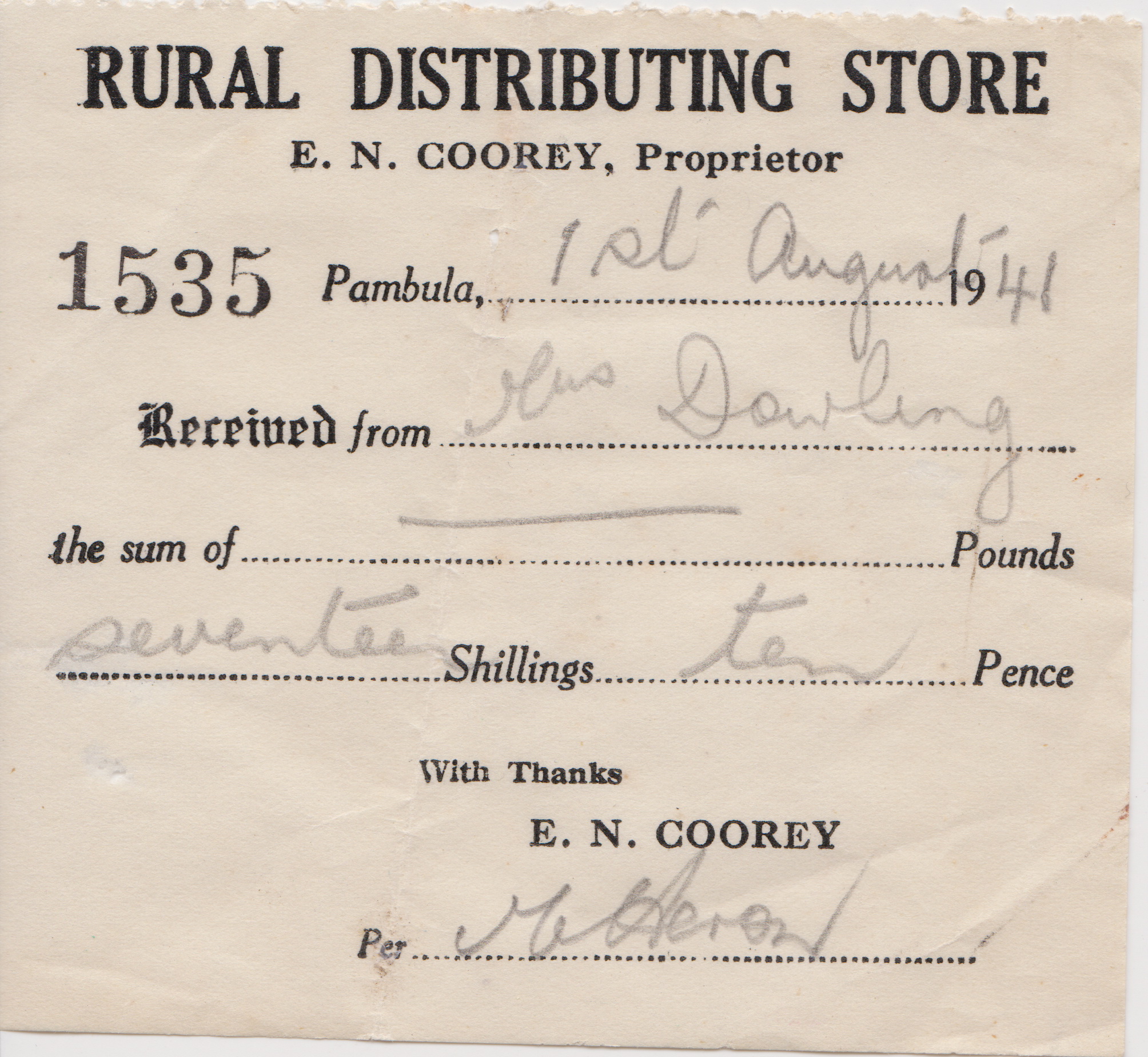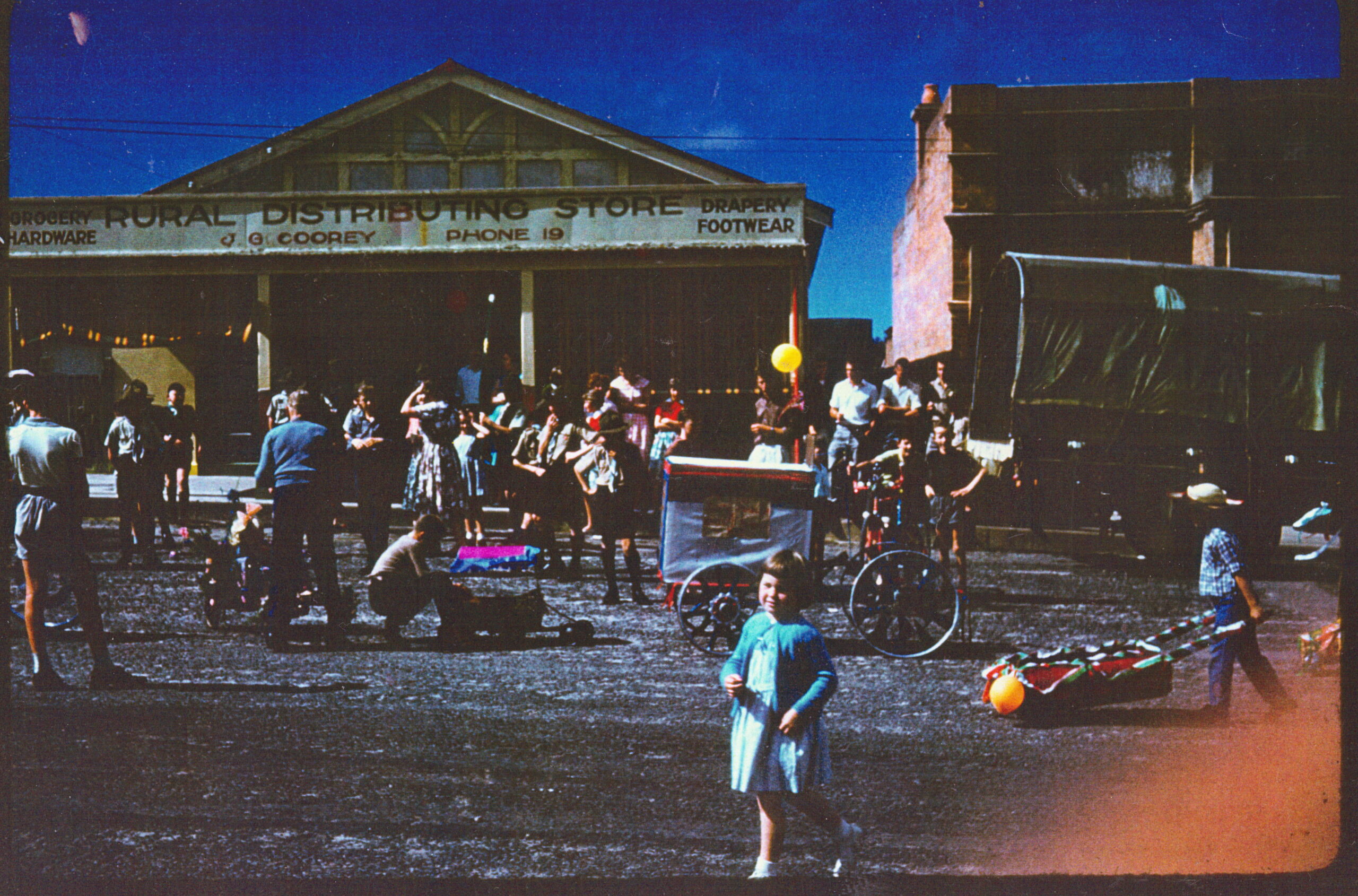Coorey’s Rural Distributing Store, Pambula.
LISTEN NOW to the story of Pambula Supermarket
Built in 1934, this unassuming building is closely associated with Lebanese hawker turned storekeeper Eric Coorey and is an important link with the opportunities available to immigrants in rural Australia during the 20th century. Small numbers of Lebanese were landing in the Australian colonies in the 1870s, increasing sharply by the 1890s, due to a mass exodus from their homeland.
Like many other Lebanese immigrants, Eric Coorey turned to trade, and traipsed the highways hawking his wares throughout the far south coast for many years. Then, around the late 1920s, he took the premises that previously stood on this site, established a general store and became a firm favourite with the local timber cutters, as he was one of very few storekeepers who would deliver supplies to their bush camps.
After a fire in 1931 that completely destroyed the original building, Eric had a new store and residence built, which you see here today. Despite his commercial prowess, surprisingly – Eric Coorey had a secret. Kevin Wilks remembered: “Eric Coorey at that stage was running a remarkably successful business in Pambula, and it turned out that he was absolutely illiterate. My father Alan being a schoolteacher, coached him privately at night so that he could learn to read and write.”
This block of land has reportedly been associated with commercial and retail activities since the earliest days of European settlement, being used continuously as a general store and more recently a supermarket. Water wells located at the rear of the shop are apparently amongst the best in the district and may date back to the original store building.
It is listed on Schedule 5 of the Bega Valley Shire Council’s Local Environment Plan.

Receipt from Rural Distributing Store 1 Aug 1941
CONTINUE NORTH
WEATHERBOARD HOUSE 15 QUONDOLA STREET
Now you’ll pass a verandaed weatherboard house typical of Pambula architecture. It was constructed around 1899, and as well as a residence, it was used for many years as a pharmacy.

